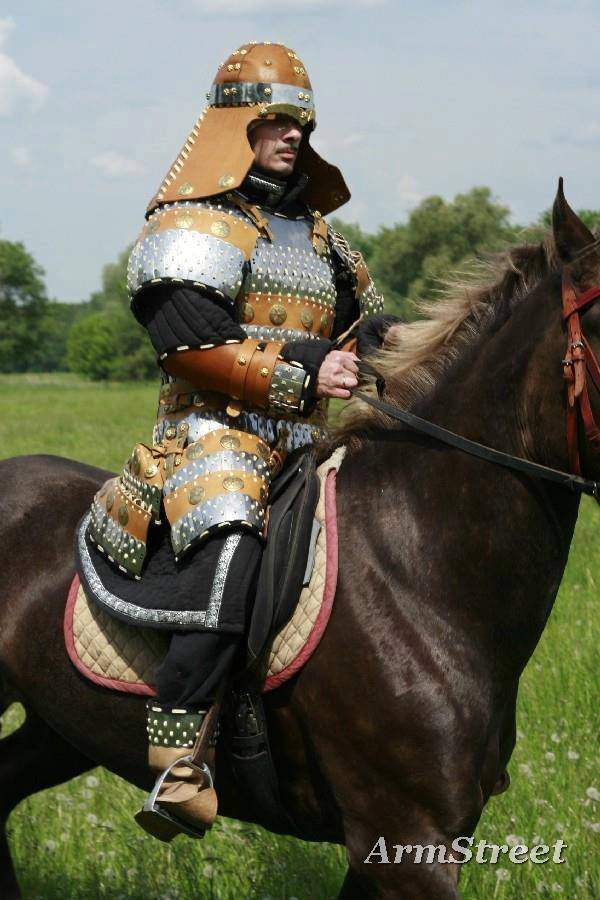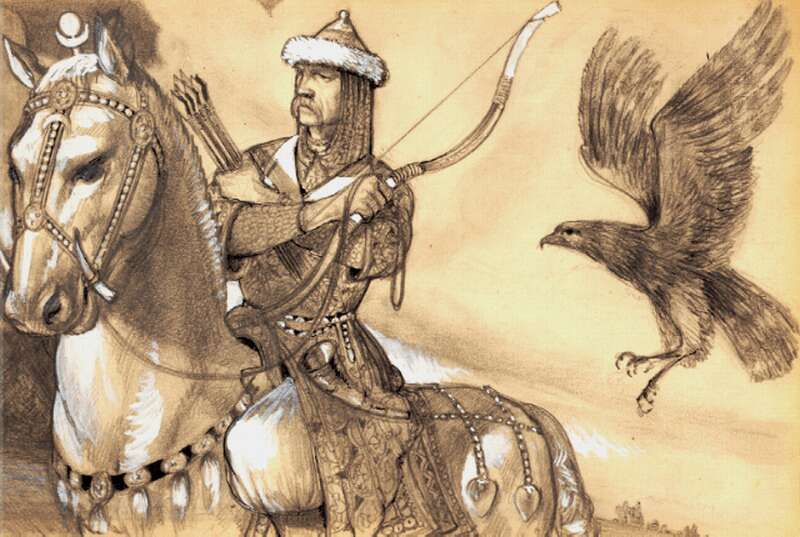
A Magyar warrior horseman. Historical warriors, Warriors illustration
The latest handbook on Hungarian military history, Liptai 1984-1985, is still reliable, though its medieval chapters are amazingly short. The medieval Hungarian encyclopedia until the 1380s, Kristó 1984, is useful, but it needs updating as well. Fortunately we have a modern concise history of medieval Hungary ( Engel 2001) written by an.

Hungaryan warriors Horse Archery, Arm Armor, Body Armor, Century Armor
The Huns were a nomadic people who lived in Central Asia, the Caucasus, and Eastern Europe between the 4th and 6th century AD. According to European tradition, they were first reported living east of the Volga River, in an area that was part of Scythia at the time; [1] the Huns' arrival in Europe is associated with the migration westward of an.

ArtStation Magyar Warrior 9th century, zalan kertai Ancient
Hungarian hussars became internationally recognized, being a prime example of light cavalry. In this era artillery became a third arm. Two significant attempts were made at achieving independence: the war for independence led by Francis II Rákóczi (1703-1711), and the Hungarian Revolution of 1848 . Notable battles

Macaristan Ağustos 2014 Gökhan Güler Kktc Facebook Ancient
In the wake of that defeat, Boudica likely killed herself with poison. 3. Alaric. Apic/Getty Images. Alaric I. One of the most famous barbarian leaders, the Goth King Alaric I rose to power after.

10 century hungarian from Nikita Bolbikov Military costumes, Modern
In a small village in Hungary, the country's nomadic roots are celebrated at the "Kurultaj" festival, where spectators show up to watch horsemen and warriors.

Discussion on ancient Hungarian wear Steppe History Forum Ancient
1) Alaric the Barbarian Period: 395 to 410 CE Country/Culture: Visigoths Why he is on the list: Lethal and strategic leader responsible for the sacking of Rome photo source: worldhistory.org Alaric the Barbarian trained in the Roman army and later commanded Gothic troops, who fought with the Romans under the command of emperor Theodosius.

The Hungarian armours of the past PHOTOS Daily News Hungary
Baranta is a real Hungaricum which is based on the armed and bare-handed techniques of Hungarian nobles and comes from the centuries between the IX. and the XX. Image: Pixabay, Paul Barlow. This traditional martial art was invented by free Hungarians whose privilege and obligation was to fight. Throughout the centuries they gathered knowledge.

Hungarian and Central European History
As the Eastern Roman Empire gave way to the Byzantine Empire, different groups jockeyed for control over western Europe, including the Vikings who conducted raids from the north and the Hungarians.

Пин от пользователя Павел на доске Хобби Военная история, Рисунки и
The ancient meaning of the Hungarian word "Magus" was: astronomer, mathematician, scholar of natural sciences, philosopher, wise-man, priest, physician, judge, creator of sciences, discoverer of agriculture, industry, transportation, discoverer of trade in general and creator of state institutions - all these in one person!

Discussion on ancient Hungarian wear Steppe History Forum
The Hungarian cavalry ( Hungarian: Magyar Lovasság) was a Hungarian cavalry force. The hussars of medieval Hungary Hungarian lancers, 1530 A type of irregular light horsemen was already well established by the 15th century.

Travels with Ian and Sue Europe trip 2008 Thessaloniki to Budapest
Ancient Warriors - is a strategic defense game where you summon warriors, set traps, and use a powerful arsenal to repel waves of diverse enemies. Face epic bosses, adapt your strategy, and upgrade your defenders to become the kingdom's legendary savior. All Reviews: No user reviews Release Date: Jan 3, 2024 Developer: galesoozka Publisher:

Kelemen Zsolt Ancient warriors, Fantasy cosplay, Warrior
The Avars, mysterious horse-riding warriors who helped hasten the end of the Roman Empire, dominated the plains between Vienna and Belgrade, Serbia, for more than 2 centuries. Then, they vanished without a trace. Scholars have been searching for their origins ever since.

Hungarian Warriors Photograph by Brenda Kean
The Huns came on the historical scene in Europe during the late 4th century A.D when, in 370 A.D., they crossed the Volga River and conquered the Alans, another civilization of nomadic, warring.

Hun jelmez The Fighters, Imperio Mongol, Eurasian Steppe, Chinese Armor
The development of the Hungarian language started around 800 BC with the withdrawal of the grasslands and the parallel southward migration of the nomadic Ugric groups. The history of the ancient Magyars during the next thousand years is uncertain; they lived in the steppes but the location of their Urheimat is subject to scholarly debates.

*SCA Magyar archer* Google Search Folk Clothing, Historical Clothing
Hungarikum « Back to main page The Hungarian Hussar Hungarikum A rakish moustache, a fast horse, a fearless valiant fighter and a fairytale hero: this is the image of the Hungarian Hussar. Let us look behind the myth and learn about the story of these audacious men who have become Hungarian national symbols as brave warriors for centuries.

Мадьярская легкая конница. IX—XI вв.. Д. П. Алексинский, К. А. Жуков, А
Every year the Kurultaj Festival, hosted in Bugac, Hungary showcases a captivating reenactment of the country's ancient history, specifically the conquest by Hungarian tribes over a thousand years ago. Participants don period costumes, becoming horsemen of the steppes, and immerse the 22,000 festival visitors in the rich culture of tribal warriors..